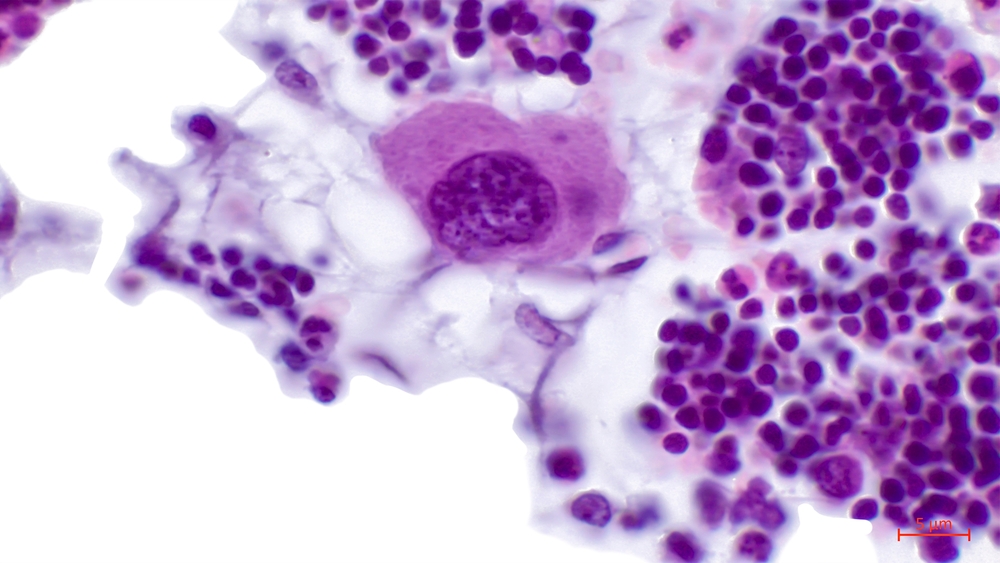Stem cell therapy continues to grow in popularity and prevalence. This innovative approach to modern medicine offers potential cures and relief for a wide range of debilitating diseases. From spinal cord injuries to helping combat certain cancers, stem cell treatments have already resulted in countless success stories.
Yet, despite all the positives and potential, can your body reject stem cells?
Understanding the dynamics of immune reactions and potential rejection is essential for advancing these treatments. This guide details how the immune system interacts with transplanted stem cells, the risks of rejection, and more.
Stem Cells: A Closer Look
Offering immense therapeutic potential, stem cells are unique cells capable of developing into various cell types in the body. There are three main types of stem cells:
- Embryonic stem cells
- Adult stem cells
- Induced pluripotent stem cells
Embryonic stems cells are harvested from early-stage embryos, while adult stem cells are found in tissues like bone marrow. Induced pluripotent stems cells are adult cells reprogrammed to an embryonic-like state, which helps to avoid ethical concerns while boosting the performance and versatility of regular adult cells.
These cells can be used to replace damaged tissues, treat chronic conditions, and advance regenerative medicine on the whole. However, the application of transplanted stem cells in medical treatments is built around their ability to integrate and function without triggering immune rejection.
Read more: What Are Stem Cells?
The Immune System and Its Role
The immune system is a complex network of cells and proteins that defend the body against infection and disease. Key components of the immune system include red blood cells, white blood cells, and various immune cells. Red blood cells transport oxygen, whereas white blood cells – such as T-cells and B-cells – identify and attack foreign invaders. Immune cells are key as they distinguish between the body’s own cells and foreign cells.
When the immune system encounters cells as foreign, it mounts a response to eliminate these swiftly. This defense mechanism is imperative to keep the body protected. However, this immune response can also complicate treatments involving transplanted cells – including stem cell injections.
Read more: What Are Stem Cell Injections?
Mechanisms of Stem Cell Rejection
As touched on above, stem cell rejection occurs when the immune system identifies transplanted stem cells as foreign – and then launches an attack to eliminate them from the body. This process is primarily carried out by immune cells, particularly T-cells, which recognize antigens on the surface of the transplanted cells.
For instance, when white blood cells from the donor are introduced into the recipient’s body, they can be perceived as threats. The body’s defense mechanism targets these cells, and that leads to rejection. Factors such as mismatched human leukocyte antigens between donor and recipient further increase the likelihood of rejection.
So, can your body reject stem cells? Yes, it can. Yet by understanding these mechanisms, you’re in a better position to develop strategies to minimize immune responses – which naturally improves the success rates of stem cell therapies.
Factors That Influence Stem Cell Acceptance or Rejection
The success of stem cell treatments largely depends on the body’s ability to accept the transplanted cells. Several factors influence whether the immune system will accept or reject these cells. Get a grasp on these factors, and you’re in a better position to optimize treatment outcomes and reduce the risk of rejection.
Here are the main factors involved:
- Donor-recipient matching: The degree of compatibility between the donor’s and recipient’s human leukocyte antigens (HLA) plays an essential role in stem cell acceptance. Closely matched HLA markers reduce the risk of the immune system recognizing the transplanted cells as foreign, which minimizes the chance of rejection.
- Immune system suppression: Immunosuppressive drugs are often administered to recipients to prevent a negative immune response against stem cells. These medications provide a pathway for the transplanted cells to integrate and function. However, immunosuppression can also result in side effects like increased susceptibility to infections and other complications.
- Source of stem cells: The origin of the stem cells used affects their acceptance. Embryonic stem cells are highly versatile, for instance, but may pose a higher risk of rejection due to being an external source. Adult and induced pluripotent stem cells are harvested from the patient’s body, making them less likely to be rejected.
- Pre-transplant conditioning: To prepare the body, conditioning regimens are sometimes used before stem cell transplants. These treatments help eliminate the recipient’s existing immune cells, reducing the likelihood of an immediate immune response against the transplanted cells. This process, however, can also result in significant side effects.
Graft Versus Host Disease
Graft versus host disease (GVHD) is a significant complication that can arise following stem cell transplants. GVHD occurs when transplanted immune cells from the donor recognize the recipient’s body as foreign and initiate an attack. An organ transplant, for example, can see the immune system attacking the transplanted organ. In GVHD, it is the donor’s immune cells attacking the recipient’s body, making it a reverse rejection.
This negative immune response can cause severe damage to organs and tissues. Symptoms such as skin rashes, liver dysfunction, and gastrointestinal issues are known to occur. To manage GVHD, this involves immunosuppressive treatments to reduce the immune response.
Read more: stem cell therapy cost
Conclusion
Now you know the answer is ‘yes’ to the question, can your body reject stem cells? Fortunately, there are ways to manage and prevent rejection. This includes the use of immunosuppressive drugs to reduce the immune response and pre-transplant conditioning like radiation.
However, the right approach to stem cell therapy itself can go a long way to preventing rejection. At BioXcellerator, we use cells derived from the patient’s own body. This approach minimizes the potential for rejection, which prevents complications that may cause health issues or reduce the impact of stem cell therapy.
Want to learn more about the subject, our work, or the locations we cover? Get in touch today to see how we reduce the possibility of stem cell treatments being rejected.


